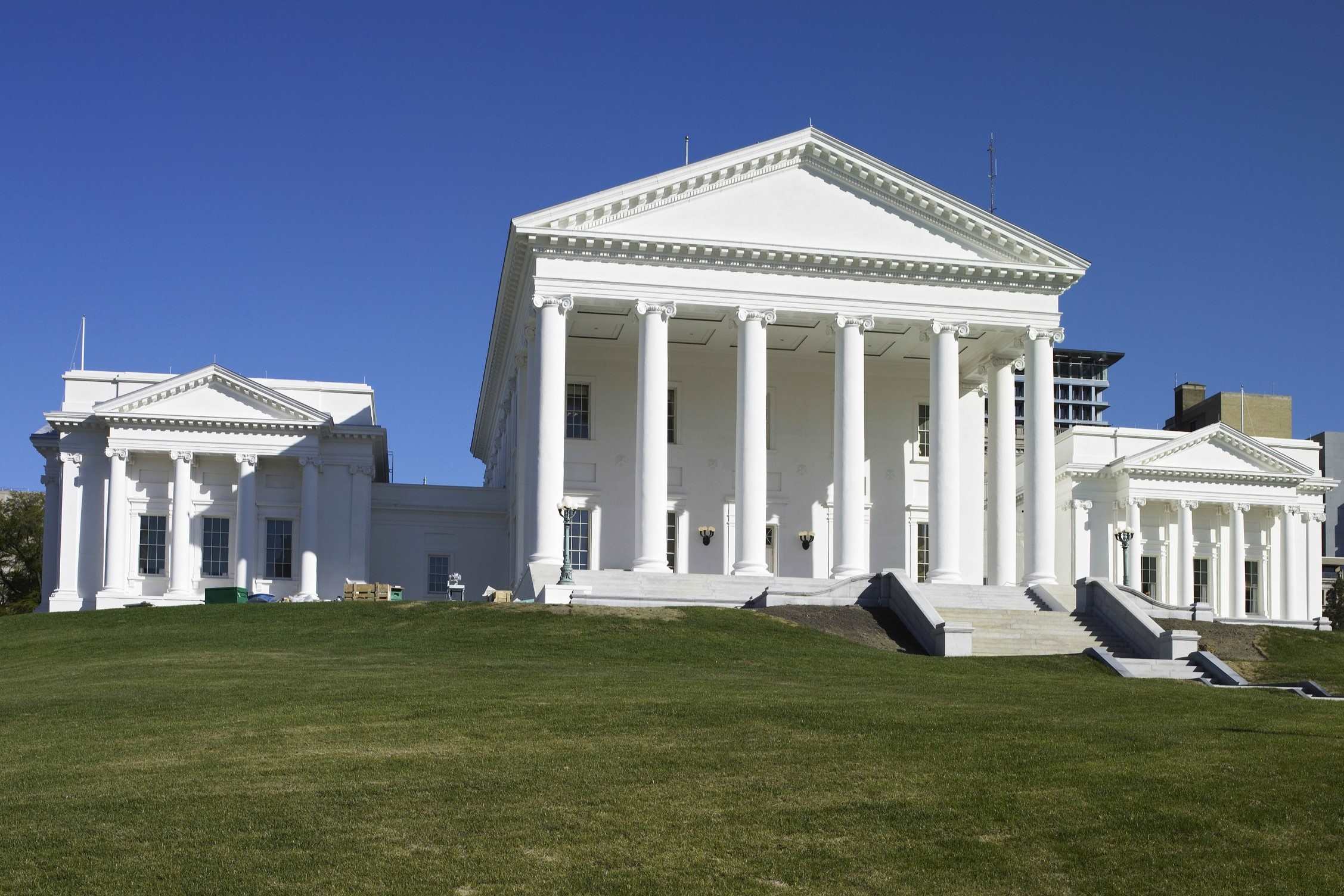Thomas Jefferson’s Architectural Marvel At Virginia’s Capitol

Have you ever wondered about the story behind Virginia's Capitol? Designed by Thomas Jefferson, this architectural marvel stands as a testament to his vision and ingenuity. Jefferson, inspired by classical Roman architecture, wanted to create a building that symbolized democracy and strength. The Capitol, located in Richmond, Virginia, serves as the seat of the state government and has witnessed countless historical events. Its grand columns, intricate details, and imposing presence make it a must-see for history buffs and architecture enthusiasts alike. Whether you're planning a visit or just curious about its history, the Capitol offers a glimpse into the past and a chance to appreciate Jefferson's lasting legacy.
Thomas Jefferson's Vision for Virginia's Capitol
Thomas Jefferson, the third President of the United States, left an indelible mark on American architecture. His design for Virginia's Capitol in Richmond stands as a testament to his architectural genius. Let's explore some of the key elements and places within this historic building that showcase Jefferson's vision.
The Rotunda: A Grand Entrance
Upon entering the Capitol, visitors are greeted by the magnificent Rotunda. This central space is not only a visual delight but also a symbol of Jefferson's architectural prowess.
The Dome: The Rotunda's dome, inspired by classical Roman architecture, creates a sense of grandeur and openness. Its design allows natural light to flood the space, enhancing its beauty.
Statue of George Washington: At the heart of the Rotunda stands a life-sized statue of George Washington, sculpted by Jean-Antoine Houdon. This statue is a tribute to the nation's first President and a reminder of the Capitol's historical significance.
Marble Columns: The Rotunda is adorned with elegant marble columns that add to its classical charm. These columns are a nod to Jefferson's admiration for ancient Greek and Roman architecture.
The House of Delegates Chamber: Where Laws Are Made
The House of Delegates Chamber is where Virginia's lawmakers convene to debate and pass legislation. This room reflects Jefferson's commitment to creating functional yet aesthetically pleasing spaces.
Speaker's Chair: The Speaker's Chair, positioned at the front of the chamber, is a focal point. Its design, featuring intricate woodwork and carvings, exemplifies Jefferson's attention to detail.
Gallery Seating: The chamber includes gallery seating for the public, allowing citizens to observe the legislative process. This design choice underscores Jefferson's belief in transparency and civic engagement.
Chandelier: A stunning chandelier hangs from the ceiling, illuminating the chamber with a warm, inviting glow. This fixture adds a touch of elegance to the room.
The Senate Chamber: A Place of Deliberation
The Senate Chamber, where Virginia's senators meet, is another example of Jefferson's architectural brilliance. This room combines functionality with classical design elements.
Senators' Desks: Each senator's desk is crafted from rich, dark wood and features intricate detailing. These desks provide a dignified workspace for lawmakers.
Ceiling Mural: The ceiling of the Senate Chamber is adorned with a beautiful mural depicting scenes from Virginia's history. This artwork adds a cultural and historical dimension to the room.
Stained Glass Windows: The chamber's stained glass windows filter sunlight, casting colorful patterns on the walls. These windows enhance the room's ambiance and create a serene atmosphere.
The Old Hall of the House of Delegates: A Historic Space
The Old Hall of the House of Delegates, now used for ceremonial purposes, is steeped in history. This room offers a glimpse into the Capitol's past.
Original Speaker's Chair: The original Speaker's Chair, used during the early years of the Capitol, is preserved in this room. Its design reflects the craftsmanship of the era.
Historic Paintings: The walls of the Old Hall are adorned with historic paintings depicting significant events in Virginia's history. These artworks provide a visual narrative of the state's past.
Wooden Benches: The room features wooden benches that were once used by delegates. These benches are a reminder of the Capitol's long-standing role in Virginia's governance.
The Capitol Grounds: A Serene Escape
The Capitol Grounds offer a peaceful retreat from the hustle and bustle of the city. Jefferson's vision extended beyond the building itself to include the surrounding landscape.
Jefferson's Garden: The garden, designed by Jefferson, features a variety of native plants and flowers. This space reflects his love for nature and horticulture.
Monument Avenue: Monument Avenue, which leads to the Capitol, is lined with statues of notable Virginians. This avenue serves as a tribute to the state's rich history and heritage.
Capitol Square: Capitol Square, a lush green space surrounding the Capitol, provides a tranquil setting for visitors. This area is perfect for a leisurely stroll or a moment of reflection.
Jefferson's Lasting Legacy
Thomas Jefferson's architectural genius shines through Virginia's Capitol. This building isn't just a government hub; it's a symbol of democracy and innovation. Jefferson's design, inspired by classical Roman architecture, stands as a testament to his vision and creativity. Visitors today can marvel at the grand columns, intricate details, and the sense of history that permeates every corner. The Capitol reflects Jefferson's belief in the power of architecture to inspire and uplift. It remains a must-see for anyone interested in American history or architectural beauty. Jefferson's work on the Capitol has left a lasting impact, reminding us of the importance of thoughtful design in public spaces. His legacy lives on, not just in the walls of the Capitol, but in the principles of democracy and innovation that it represents.

